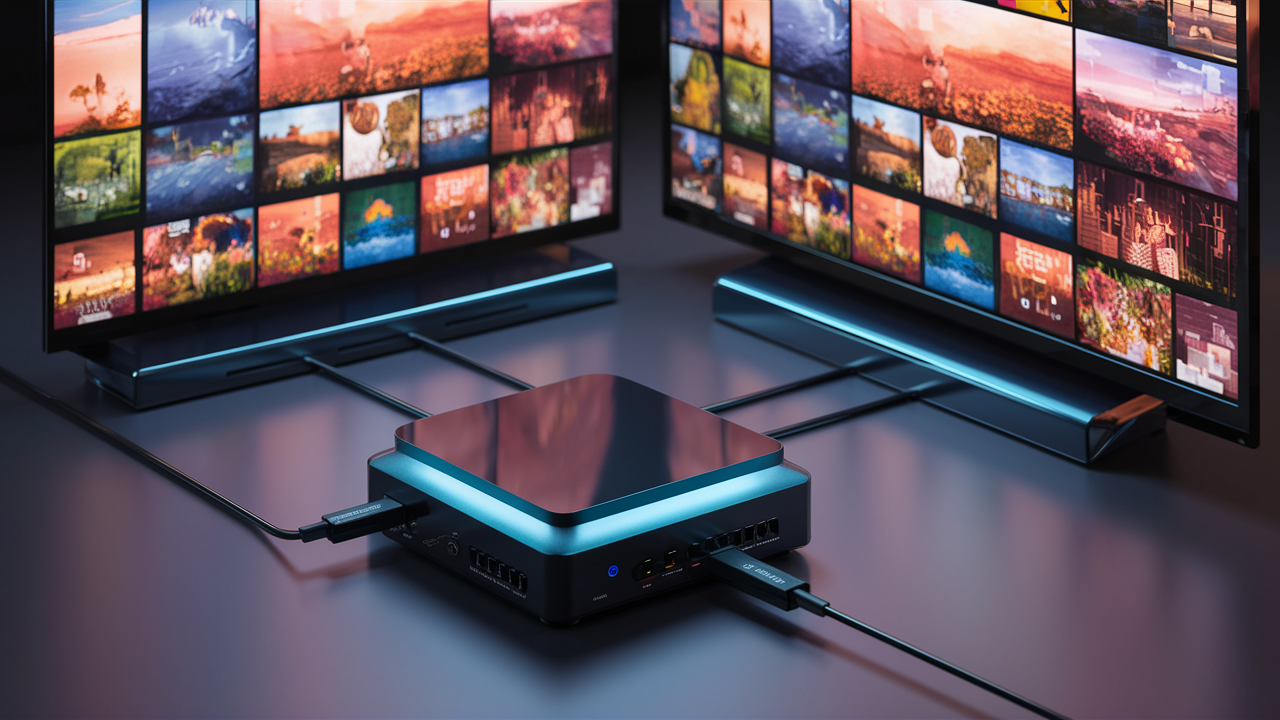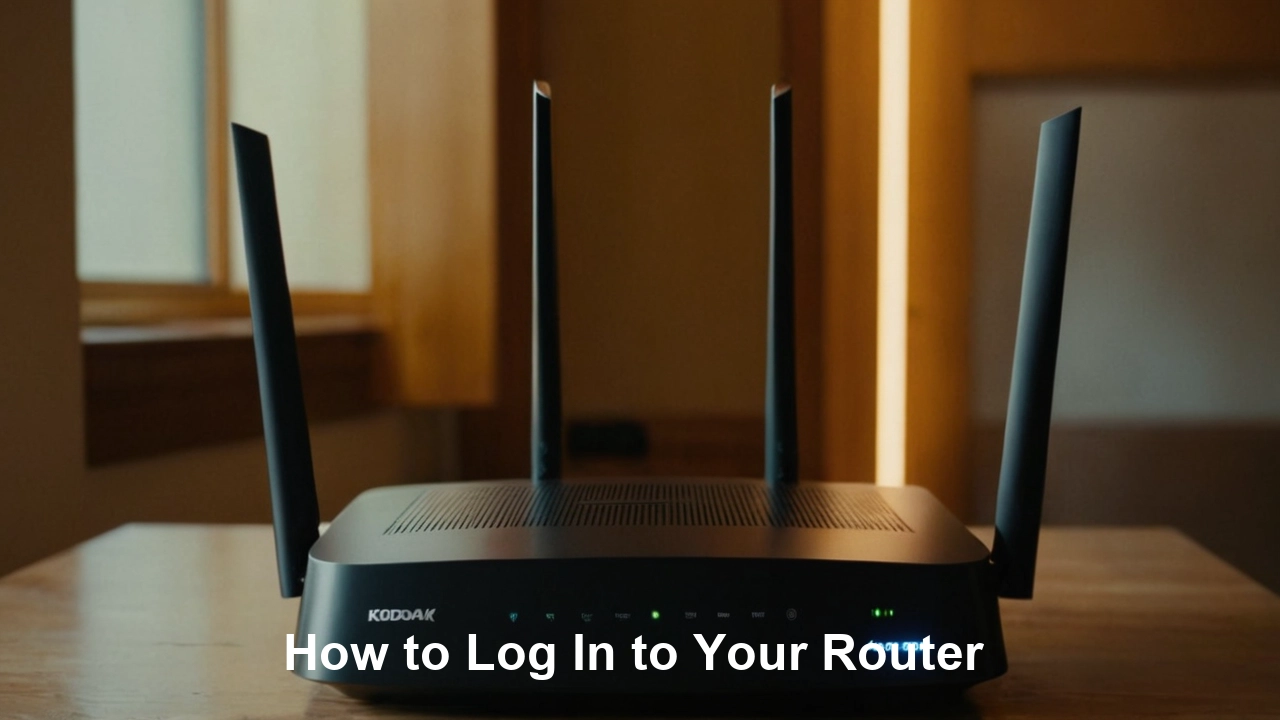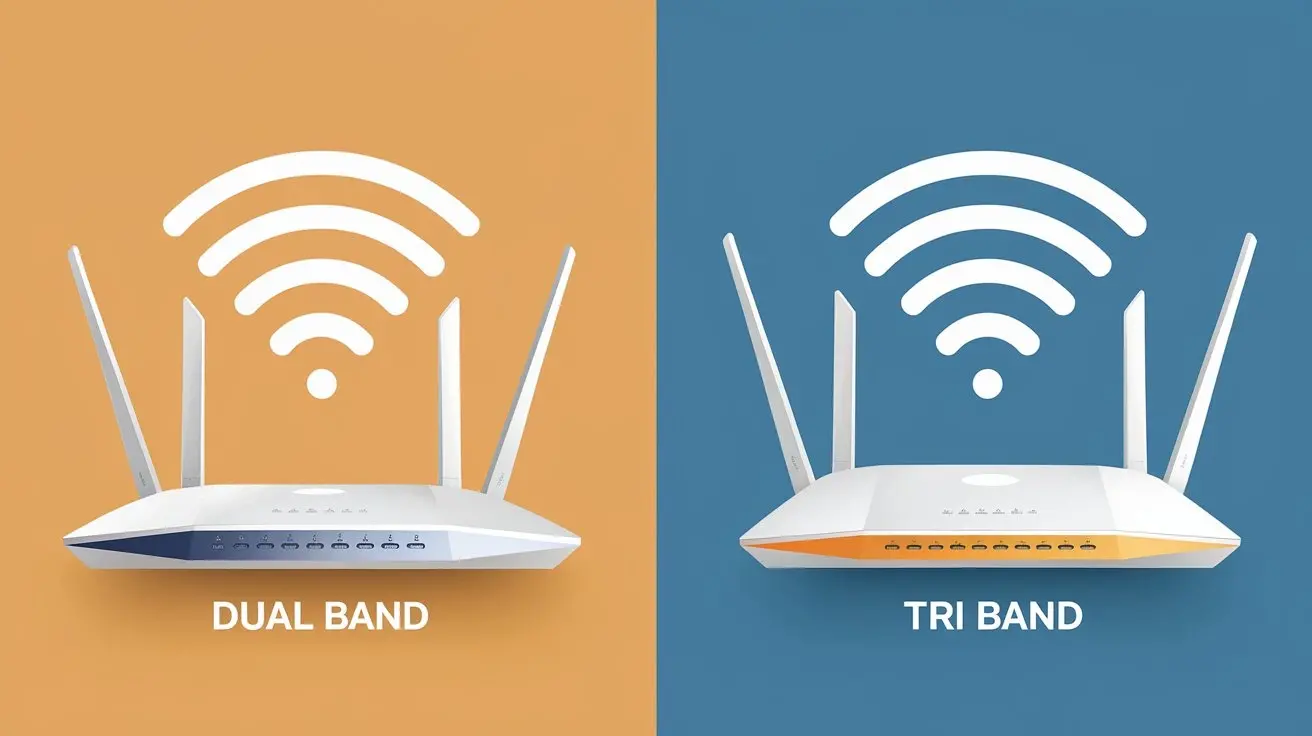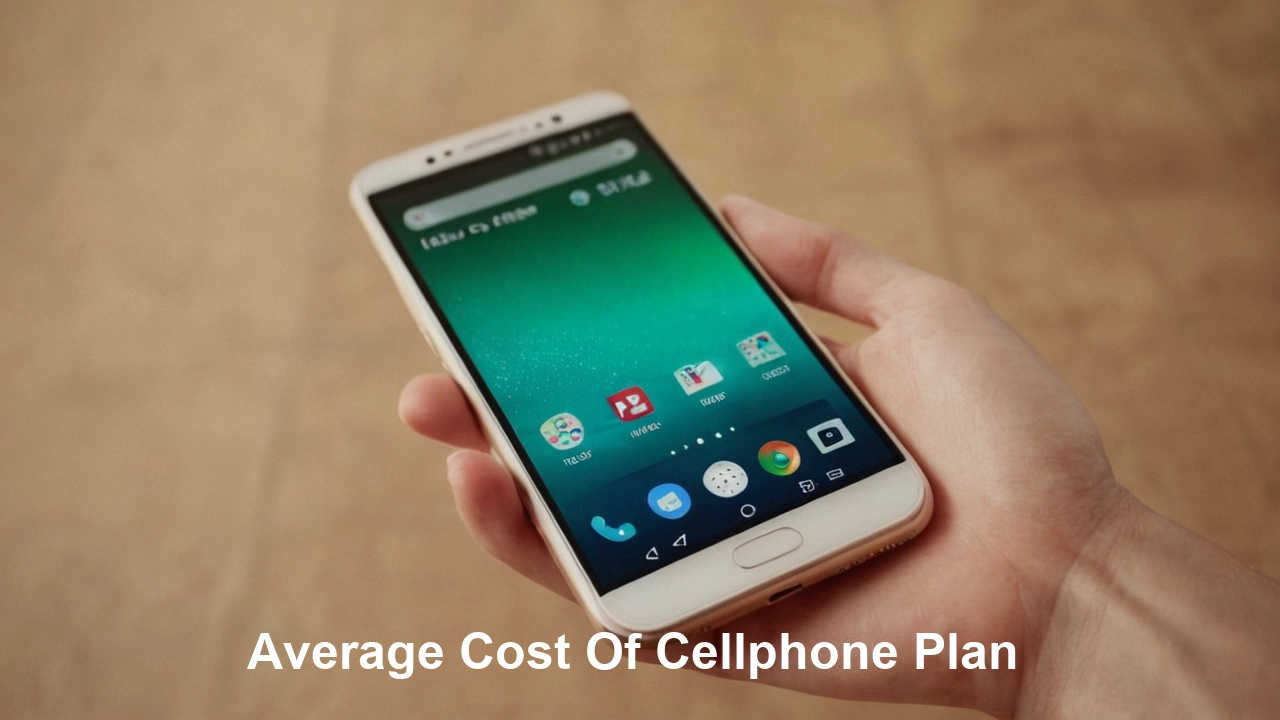
It has now become quite normal to have more than one TV set in your home, but do you require having a cable or satellite box for each of the sets? The answer is maybe no. If properly equipped, you should be able to operate two television sets with just that one box. Here is some advice to follow.
What Do You Need?
To run two TVs off one cable/satellite box, you will minimally need:
- The cable/satellite box
- The system includes a radio frequency modulator or audio-video distribution amp.
- Cables that have both transmitting and receiving paths within a single conductor to join the devices.
- HDMI cables if your devices allow that type of connection, otherwise normal speaker cables
The only other significant piece of equipment that is usually required is the RF modulator/distribution amplifier. This is used to split the sound that is being output locally from your cable box and output it to two TVs.
An RF modulator changes the signal to an analog RF which may be transmitted over a coaxial cable like an antenna signal. A distribution amplifier is a device that takes the HDMI or the component/composite video output and divides it into other outputs and increases the signal strength of the same at the same time.
Using an RF Modulator
An RF modulator will come in handy especially if your TVs possess only coaxial inputs for antenna connections. It converts an audio and video signal into an RF NTSC or ATSC signal, which can then be directly fed through the existing coaxial home wiring.
Well, you have to connect the cable box to the RF modulator through the composite video and analog audio cable. The RF unit has an output that feeds both the TV coaxial inputs through a splitter. A potential disadvantage of using RF modulation is that there is some compromise in the quality of video.
Using a Distribution Amplifier
The most popular is an Audio/Video distribution amplifier for the best results. This splits and amplifies the HDMI or the component video signal to make up for signal loss as it goes through longer cables.
Optimally, your TV and your cable box should be using the same type of port like HDMI. You hook the HDMI output of the cable box to the HDMI input of the amplifier. It divides this into two or more amplifier HDMI outputs to feed your TVs. This keeps digital video quality intact all the time.
If all your TVs have only component inputs, then a component video distribution amplifier can be used. However, HDMI is capable of going higher in resolution. Switching from HDMI to component video will still reduce the visual quality to some extent.
Cabling Considerations
When two TVs are connected with one box, the cabling also plays a vital role in the correct signals. Occasionally, you can run the coaxial cable used; nonetheless, it is better to employ new and high-quality RG6 quad-shielded coaxial cable between the devices. This reduces interference and signal loss over long distances in the most efficient manner.
HDMI is similar here, especially since you should use new High-Speed HDMI cables that do not have resolution or connectivity problems. Cables can be run up to 10 meters without complications; extending it beyond requires amplifiers or repeaters. In general, avoid split cables to maintain the best performance. If possible have a direct cable run through to each of the TVs instead of having splits off one cable.
Getting Separate Programs
When one Box is placed in front of two television screens, normally what you get is the reflection or the same program being aired on the two screens. If you want to watch or record two distinct programs simultaneously, then you will have to purchase a second box, else go for dual tuner equipment that allows for independent programming.
A few cable providers provide ‘skinny’ client digital video recorders as a second output feeding off the principal box instead of having a second whole cable box. This can offer fully independent functionality at a lower price as compared to the stacked designs. Please consult with your provider to find out about availability.
Is it possible to do this with Satellite?
However, technically you can use a Mult switch to split a satellite signal between two TVs. However, satellite boxes have authorization tied to the physical box itself, so even if you have a subscription with DirecTV, for example, you cannot get authorization codes from DISH Network and use them. So you cannot simply have a splitter and need to have two distinct boxes and dishes or search out for a unique dual output box that is compatible with your provider and model. This would be costly and restrict the recording options, hence, it is advisable to have two boxes.
In Summary
certainly, ide to use one cable/satellite box to connect multiple TVs, you will accomplish this task but at the same time, you stand to lose some features based on your setup. Thus, using a video distribution amplifier and proper cabling can lead to the best outcome. Other devices including dual-tuner DVRs or second client boxes can also be used. Take into account all your needs – although, as you can see, the situation with two boxes is optimal, splitter solutions are appropriate in case of less complicated needs.
Ready to upgrade your TV experience? Call us now at (877) 471-4808 to find the perfect Dish Network plan for you! Don’t miss out on great entertainment—our team is here to help you choose the best package and get you started today.





